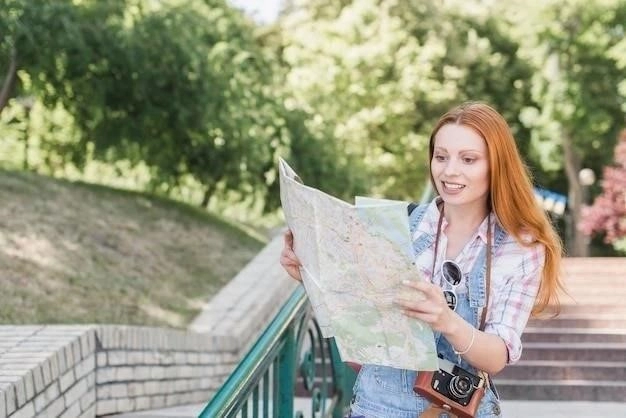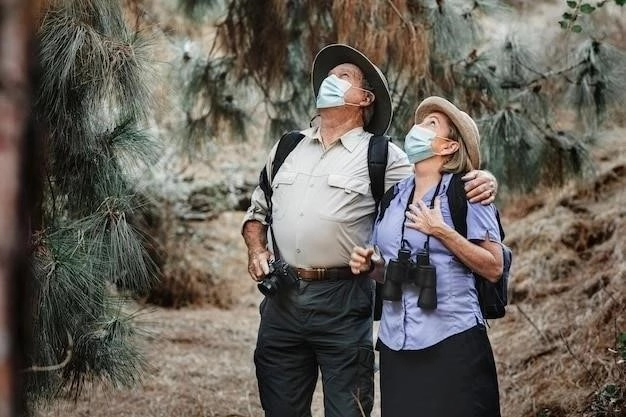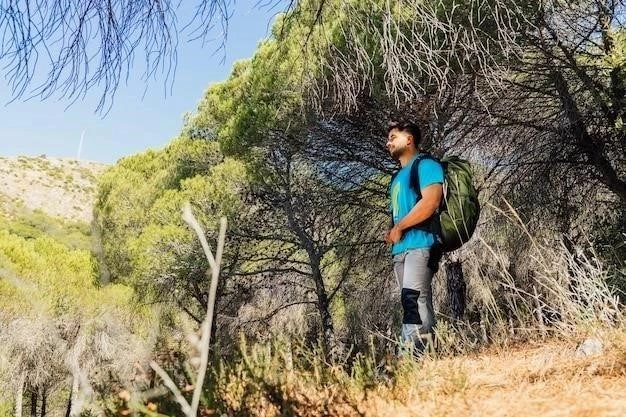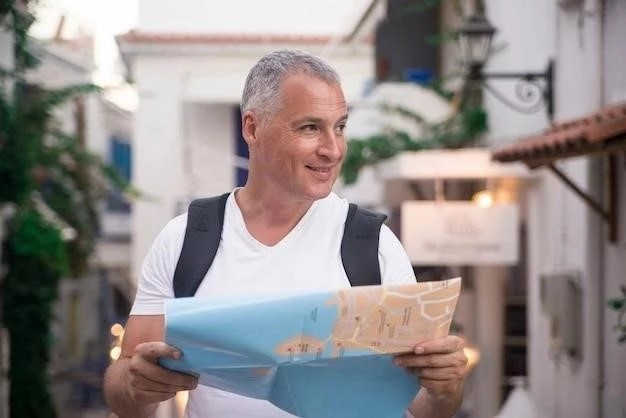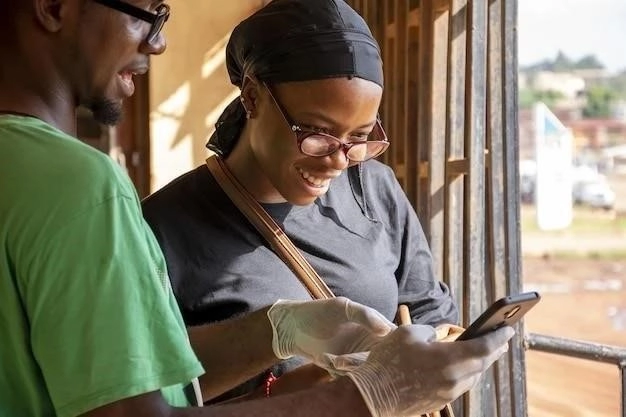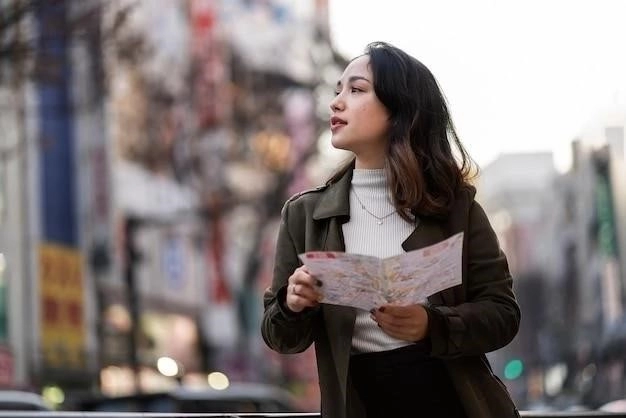
Nestled in the heart of the Caucasus Mountains, South Ossetia offers a unique travel experience for the intrepid explorer. This self-declared republic, known for its dramatic landscapes and complex history, presents a blend of cultural immersion and natural beauty.
Planning Your Trip
A journey to South Ossetia requires meticulous planning due to its geopolitical situation and limited tourism infrastructure. Begin by researching visa requirements and entry procedures, as access is primarily facilitated through Russia. It is advisable to consult with specialized tour operators familiar with the region, as they can provide invaluable guidance on itinerary planning, transportation, and accommodation.
When outlining your itinerary, consider the duration of your stay and your primary interests. Tskhinval, the capital, offers a glimpse into the local culture and history, while the surrounding countryside boasts breathtaking mountain scenery, ancient churches, and opportunities for hiking and exploring nature.
Keep in mind that South Ossetia is still rebuilding from past conflicts, and tourist amenities may be limited compared to more established destinations. It is essential to pack accordingly, ensuring you have sufficient cash, necessary medications, and appropriate clothing for all weather conditions, as mountain weather can be unpredictable.
Finally, familiarize yourself with local customs and etiquette to ensure respectful interactions with the local population. Learning a few basic phrases in the Ossetian language can greatly enhance your experience and foster meaningful connections with the people.

Visas and Entry Requirements
Navigating the visa and entry requirements for South Ossetia is essential for a smooth journey. As South Ossetia is not widely recognized as a sovereign state, standard tourist visas are not applicable. Visitors typically require a visa issued by the South Ossetian Ministry of Foreign Affairs. To obtain a visa, you will need to contact the nearest South Ossetian embassy or consulate, or work with a specialized tour operator who can assist with the application process.
It is crucial to note that entering South Ossetia from Georgia is generally not permitted. The primary point of entry is through the Roki Tunnel, which connects South Ossetia to North Ossetia–Alania, a republic within the Russian Federation. Consequently, visitors will also need to meet Russian entry requirements, including obtaining a Russian visa if applicable.
Upon arrival at the border crossing, you will be required to present your passport, South Ossetian visa, and any supporting documents. It is advisable to carry photocopies of all essential documents and store them separately from the originals. Regulations can change, so verifying the most up-to-date visa and entry requirements with the relevant authorities before your departure date is highly recommended.
Currency and Money Exchange
The official currency of South Ossetia is the Russian ruble (RUB), denoted by the symbol “₽”. While some establishments might accept other currencies like US dollars or euros, it’s highly recommended to conduct transactions in rubles for smoother exchanges and to potentially secure better rates.
Accessing ATMs can be challenging, as they are not widely available. Therefore, it is essential to bring an adequate amount of cash, preferably Russian rubles, to cover your expenses throughout your trip. Major credit cards are generally not accepted, so relying on cash transactions is crucial, particularly in more rural areas.
Exchanging currency within South Ossetia might present limitations. It’s advisable to exchange your currency into Russian rubles before arriving in the country. You can typically find currency exchange services at banks and specialized exchange bureaus in larger cities in Russia or neighboring countries.
When exchanging currency, it’s prudent to compare rates from different providers to ensure you receive a favorable exchange rate. Always exercise caution when handling money and be mindful of your surroundings, especially in crowded areas or markets.

Getting There and Around
Reaching South Ossetia typically involves navigating through Russia, as the primary access point is via the Roki Tunnel connecting it to North Ossetia–Alania. The nearest international airport is Vladikavkaz Airport (OGZ) in North Ossetia–Alania, offering connections to major Russian cities like Moscow. From Vladikavkaz, it’s possible to arrange private transportation or take a marshrutka, a shared minibus, to the border crossing at the Roki Tunnel. Be aware that the tunnel has limited operating hours, so plan your journey accordingly.
Once in South Ossetia, transportation options are limited. Taxis and marshrutkas are the most common means of getting around, particularly within and between towns. Renting a car is not widely available due to infrastructure limitations and insurance complexities. Negotiating fares with taxi drivers before commencing your journey is customary, and having local currency on hand for payments is essential.
Roads in South Ossetia can be challenging, especially in mountainous areas, and may require navigating unpaved or poorly maintained sections. For traveling longer distances, consider pre-arranging transportation with a local driver or tour operator familiar with the region’s routes. Planning your itinerary with realistic travel times, factoring in potential delays or unforeseen circumstances, is crucial for a smoother experience.
Accommodation
Accommodation options in South Ossetia are limited compared to more established tourist destinations. While the capital, Tskhinval, offers a few hotels and guesthouses, choices can be basic, and amenities may vary. It is advisable to book accommodations well in advance, especially if traveling during peak season or with a group.
Outside of Tskhinval, lodging options primarily consist of homestays and simple guesthouses in smaller towns and villages. Staying in these types of accommodations provides an opportunity for cultural immersion and interaction with local families. However, it is essential to set realistic expectations, as facilities may be modest, and English might not be widely spoken.
Luxury accommodations are scarce in South Ossetia, and travelers accustomed to high-end hotels might need to adjust their expectations. When selecting accommodation, prioritize cleanliness, security, and a convenient location for exploring your intended destinations. Consulting with a reputable tour operator specializing in South Ossetia can be invaluable for securing suitable and reliable accommodation arrangements.

Things to Do and See

South Ossetia, with its blend of natural beauty and cultural heritage, offers a unique array of experiences for discerning travelers. The region’s captivating landscapes, historic sites, and traditional way of life provide ample opportunities for exploration and discovery.
Nature enthusiasts can immerse themselves in the breathtaking scenery of the Caucasus Mountains. Hiking trails wind through picturesque valleys, leading to alpine meadows, pristine lakes, and cascading waterfalls. The rugged terrain also presents opportunities for mountain biking and horseback riding adventures.

History buffs can delve into South Ossetia’s past by visiting ancient ruins, medieval churches, and monuments that bear witness to its complex history. Exploring the remnants of ancient settlements and fortresses offers insights into the region’s rich cultural tapestry.
Engaging with the local culture is an integral part of experiencing South Ossetia. Attending traditional music and dance performances provides a glimpse into the vibrant Ossetian heritage. Visiting local markets offers opportunities to interact with residents, sample regional cuisine, and purchase handcrafted souvenirs.
Tskhinval
Tskhinval, the capital of South Ossetia, stands as a testament to the resilience of its people and serves as a captivating introduction to the region’s unique character. Despite bearing the scars of past conflicts, the city exudes a palpable sense of renewal and offers visitors a glimpse into the heart of South Ossetian life.
The city’s compact center invites exploration on foot. Stroll along the central avenue, named after the prominent Ossetian poet, Kostaa Khetagurov, to observe daily life and admire the blend of traditional and modern architecture. Visit the South Ossetia National Museum to delve into the region’s history, culture, and artistic heritage.
Pay respects at the Memorial to the Victims of the Georgian-Ossetian Conflict, a poignant reminder of the human toll of past events. For a moment of reflection, seek solace in the serene ambiance of the Church of the Nativity of the Blessed Virgin Mary, an important religious site for the local Orthodox Christian community.
Nature and Outdoor Activities
South Ossetia, nestled amidst the majestic Caucasus Mountains, beckons adventurers and nature enthusiasts with its pristine landscapes and opportunities for outdoor pursuits. The region’s untamed beauty and rugged terrain offer a welcome respite from bustling city life.
Embark on scenic hikes through emerald-green valleys, traversing ancient forests and alpine meadows carpeted with wildflowers. The trails lead to breathtaking vistas, cascading waterfalls, and serene mountain lakes, revealing the raw splendor of the Caucasus range. For a more challenging trek, consider summiting Mount Kazbek, a dormant stratovolcano and one of the highest peaks in the Caucasus, rewarding climbers with panoramic views from its icy summit.
Explore the region’s waterways by rafting down the turbulent currents of the Rioni River or kayaking on the serene waters of Lake Kelistba. The rivers and lakes teem with fish, offering opportunities for angling enthusiasts to cast a line and connect with nature’s tranquility.
Culture and History
South Ossetia’s cultural tapestry is woven with ancient traditions, a rich history, and a resilient spirit shaped by its unique geopolitical journey. The region’s cultural heritage is deeply intertwined with its people, the Ossetians, who have inhabited these lands for centuries, preserving their distinct language, customs, and folklore.
Immerse yourself in Ossetian hospitality, renowned for its warmth and generosity. Engage with locals, attend traditional music and dance performances, and listen to captivating tales passed down through generations. These encounters offer invaluable insights into the Ossetian worldview and way of life.
Delve into South Ossetia’s complex history, marked by periods of independence, conflicts, and its ongoing quest for recognition. Explore historical sites, such as ancient fortresses, medieval churches, and monuments commemorating significant events, to gain a deeper understanding of the forces that have shaped the region.
Food and Drink
South Ossetian cuisine, shaped by its mountainous terrain and pastoral traditions, offers a hearty and flavorful culinary experience. Traditional dishes center around fresh, locally sourced ingredients, reflecting the region’s agricultural heritage.
Sample Ossetian pies, known as “chydzhynta,” considered a national dish. These savory pies come with various fillings, including cheese, meat, potatoes, and herbs, encased in a thin dough crust. Savor the flavors of “lyvzha,” a hearty meat stew cooked with onions, garlic, and aromatic herbs, often served with a side of potatoes or polenta.
Accompany your meal with locally produced drinks, such as “kvass,” a fermented beverage made from rye bread, or “arak,” a potent spirit distilled from fruits or grapes. For a taste of the Caucasus, indulge in a cup of “Ossetian tea,” a strong black tea often enjoyed with honey or local jams.

Safety and Security
While South Ossetia has experienced periods of instability in the past, the overall security situation has significantly improved in recent years. However, it is essential for travelers to exercise a heightened level of caution and adhere to safety guidelines to ensure a secure and enjoyable trip.
Before traveling, it is crucial to stay informed about the current political and security situation in the region. Consult with your home country’s travel advisories and reputable news sources for the latest updates. It is advisable to register your trip with your embassy or consulate in a neighboring country, such as Russia, in case of emergencies.
While in South Ossetia, be respectful of local customs and laws. Avoid discussing sensitive political topics and refrain from photographing military installations or personnel. It is recommended to travel with a reputable tour operator who is knowledgeable about the region and can provide guidance on safety protocols.


